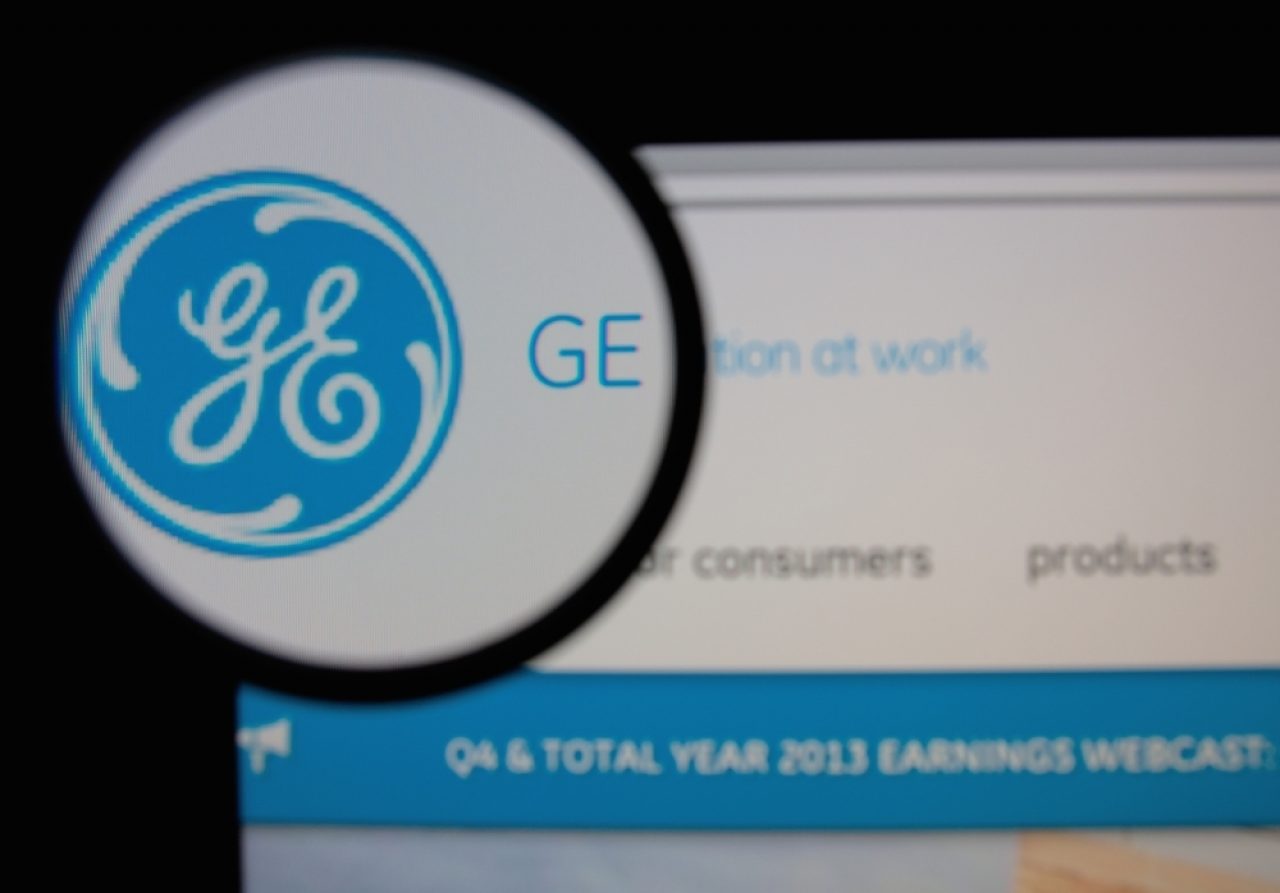It's Not Just About Light Bulbs Anymore
In 1889, American inventor Thomas Alva Edison had several companies relating to his work in the field of electricity: His Edison Electric Light Company, the main organization, through which he held all his patents and performed his experiments; the Edison Machine Works, which built electric motors and dynamos; Bergmann & Company, which assembled electric lighting instruments; and the Edison Lamp Company, which made, well, lamps.
In 1889, American inventor Thomas Alva Edison had several companies relating to his work in the field of electricity: His Edison Electric Light Company, the main organization, through which he held all his patents and performed his experiments; the Edison Machine Works, which built electric motors and dynamos; Bergmann & Company, which assembled electric lighting instruments; and the Edison Lamp Company, which made, well, lamps. Edison received a great deal of financial backing from multi-millionaire J.P. Morgan, who helped him subsume all of his companies under one parent company: the Edison General Electric Company, formed on this day, April 24, in 1889. At roughly the same time, Thomson-Houston Electric Company was also gaining footing in electricity-related industry, a leading manufacturer of railway engines among other things. In 1883, an East Coast investor, Charles Coffin, bought THEC and took charge of re-organizing its finances and marketing. The company grew exponentially, and by 1892 they had 4,000 employees and profits in the millions. On April 15, 1892, Thomas-Houston Electric Company and Edison General Electric Company merged to form the General Electric we know today, one of the largest and most profitable in technology history. Since then, GE has continued to grow. Worth nearly $29 billion, GE, now with its headquarters in Fairfield, Connecticut, is the sixth largest firm in the United States. Comprised of numerous businesses, thousands of employees, and present in more than 100 countries, GE is a dominant body in technology and the world in general. The company's interests and projects are divided into a number of divisions including: GE Capital * GE Power & Water * GE Oil & Gas * GE Aviation * GE Healthcare * GE Transportation * GE Home & Business Solutions * GE Capital Finance * GE Commercial Finance * GE Consumer Finance * GE Equipment Services * GE Insurance * GE Healthcare * GE Global Research Today, the two original plants owned and run by Edison General Electric and Thomson-Houston Electric Company at the time of their merger are still in operation. GE is a formidable business presence, with fingers in any number of financial and technological pies. It's not just about light bulbs anymore.

 Member Connect
Member Connect